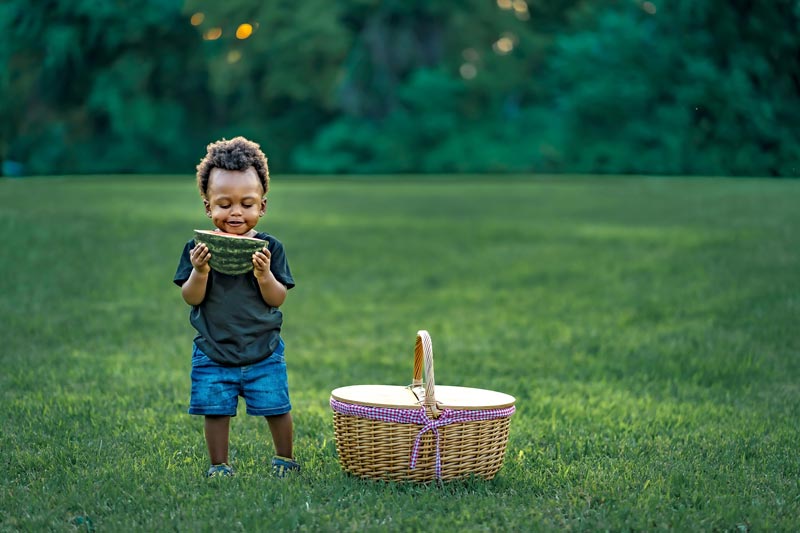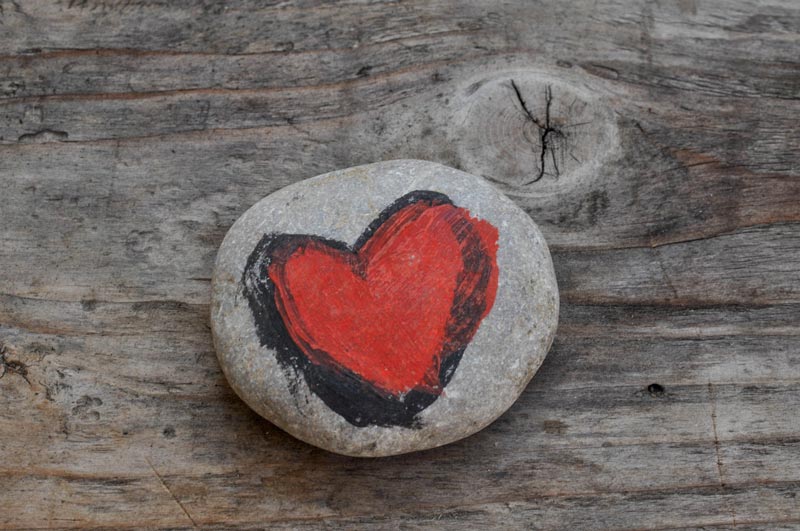In today’s world, children are spending more time indoors than ever before. With the lure of screens and technology, it’s becoming increasingly difficult to encourage them to venture outside. However, research has shown that getting children outdoors can have significant benefits for their physical and mental health. Studies have found that being in nature can boost mood, improve concentration, and reduce stress and anxiety in children. Additionally, outdoor activities can improve physical fitness, promote social skills, and encourage creativity. The best part is that many outdoor activities are completely free, making them accessible to families on a tight budget. In this article, I suggest 6 fun and free activities for your children to enjoy in the great outdoors. All of these activities have been enjoyed by my own little (not so little) boy and have been proven to provide hours of entertainment. So, grab your sunscreen, water bottles, and sense of adventure, and let’s get started!
Create a nature scavenger hunt

A nature scavenger hunt is a great way to get children interested in the natural world around them. It’s a fun and engaging activity that promotes teamwork and problem-solving skills while providing a great opportunity to get some fresh air and exercise.
Here’s what to do:
- Choose a location: Select a nature reserve, park, or any other natural area near your home. Make sure the location is safe for children and has a variety of plants, animals, and insects to discover.
- Make a list: Create a list of items that children can search for during the scavenger hunt. Examples include a certain type of flower, a specific bird, or a type of insect. Make sure the items are age-appropriate and not too difficult for children to find. Or, print off a few of these fantastic nature spotter sheets! (click the ‘spotter sheets’ button on the page to filter)
- Gather supplies: Provide children with a bag or container to collect their items, a pencil or marker to check off their finds, and a magnifying glass to get a closer look at the insects and plants.
- Explain the rules: Brief the children on the rules of the scavenger hunt. Explain the boundaries of the area they can explore, remind them not to harm any plants or animals they find, and remind them to stay with an adult at all times.
- Set off: Head off into the natural area with the children and let them start their scavenger hunt. Encourage them to work together to find as many items on the list as possible.
- Review: Once the scavenger hunt is complete, gather together and review what the children found. Discuss the different plants and animals they discovered and encourage them to share their favorite finds.
Have a picnic in a scenic spot

Having a picnic in a scenic spot is a great way to get children outdoors and appreciate the natural world. It doesn’t have to be an expensive or complicated activity – with some simple snacks and a blanket, you can enjoy a relaxing and enjoyable afternoon in a beautiful setting. Remember to be respectful of the area and other people around you, and take the opportunity to relax, unwind, and have fun with your family.
- Choose a location: Find a scenic spot near your home, such as a park, nature reserve, or beach. Research the location beforehand to ensure it’s safe for children and has a suitable area for a picnic.
- Prepare the food: You don’t need to spend a lot of money on expensive food for a picnic. Prepare some simple snacks such as sandwiches, fruit, and biscuits that are easy to transport and won’t spoil in the sun. Kids love joining in with packing up the food – it’s part of the fun. Don’t forget to also pack some water or juice to keep everyone hydrated.
- Bring a blanket: A comfortable blanket is essential for a picnic and a good investment. Choose a large, waterproof blanket that’s easy to clean and will keep everyone dry in case of damp grass. Alternatives in a pinch could include a waterproof table cloth, play mat or beach towels. If it’s been damp recently, take a few bin bags to put underneath.
- Be respectful: When you arrive at the location, be respectful of the area and other people around you. Stick to footpaths and avoid trampling on flowers or disturbing wildlife. Always clean up after yourself and dispose of your rubbish properly.
Remember to pack some toys or games to keep the kids entertained after the picnic is over. A ball or frisbee can provide endless fun and a chance for the kids to burn off some energy in the great outdoors.
Build a tipi

Above: This lovely backyard tipi was built and decorated by the folks at Gardens that Matter. Click on the link for more photos and instructions.
Building a tipi or shelter using branches and twigs around a tree is another great outdoor activity for kids. It is one of my boy’s absolute favourite things to do and he will spend hours on end working on creating a shelter in the woods – such a lovely way to spend a sunny afternoon.
To begin, find a tree with plenty of branches and twigs strewn nearby. Collect a variety of branches and twigs of different sizes and shapes, including two or three really decent sized ones. Don’t break any off trees!
Start by leaning a large branch against the tree trunk to form the backbone of the structure. Then, lean more branches against the backbone, creating a tipi or tent shape. You can use smaller branches and twigs to fill in the gaps between the larger branches.
Encourage your child to get creative and experiment with different ways of arranging the branches and twigs to create a stable and comfortable shelter. They can add extra layers to make the shelter more weatherproof and cozy.
Once the shelter is complete, your child can enjoy playing and exploring inside. You can even encourage them to decorate the shelter with natural materials like leaves, flowers, and pine cones.
Building a tipi or shelter out of branches and twigs is a fun and engaging outdoor activity that promotes creativity, problem-solving, and teamwork. It also encourages kids to appreciate and connect with nature, making it a valuable experience for children of all ages.
Get into rock painting

The rock painting craze started as a simple act of kindness and creativity, where people paint rocks with positive messages or images and hide them in public places for others to find. The idea behind it is to spread joy and happiness and bring people together in a shared activity. This is another activity that my boy absolutely adores – he loves not only finding other people’s cool creations, but also leaving little paintings and messages for others to find. We also have a garden full of painted pebbles!
Kids can participate in this craze by finding smooth, flat rocks in their backyard or local park and painting them with their favorite designs and colors. They can use acrylic paints or paint markers to create their masterpiece, and then let it dry completely before adding a clear coat of the right type of varnish to protect it from the elements.
Once their rock is complete, they can hide it in a public place like a park, playground, or hiking trail, where someone else might stumble upon it. Kids can also join a local rock painting group or Facebook group (with the help of a parent or guardian!), where they can share photos of their rocks and find clues about where to find other painted rocks in their community.
When someone finds a painted rock, they can take a photo and post it on social media using the designated hashtag or tag the Facebook group. Then they can either keep the rock as a keepsake or rehide it in a new location for someone else to find.
There are numerous Facebook groups dedicated to the rock painting craze, where people can share photos of their painted rocks, find clues about where to find other painted rocks, and connect with other rock painters in their community. Here are a few examples:
- Kindness Rocks Project – This is the original Facebook group that started the rock painting movement. It has over 300,000 members and is dedicated to spreading kindness and positivity through painted rocks.
- Love on the Rocks UK – This is a UK-based group that encourages people to spread love and kindness through painted rocks. Members can share photos of their painted rocks and connect with other rock painters in the UK.
- Notts Rocks – This is a Facebook group for rock painters in Nottinghamshire, UK. Members can share photos of their painted rocks and post clues about where to find hidden rocks in the community.
Rock painting is a fun and creative activity that encourages kids to get outside, explore their community, and spread kindness and positivity. It’s an excellent way to promote creativity, imagination, and social interaction while also getting some fresh air and exercise. A quick tip: paint pens are a really good choice – they make it much easier for kids to get good results. Don’t forget the varnish or your child’s design will wash away within a shower or two.
Go bird spotting

Kids really love bird spotting – and they’ll have a lot of fun using the RSPB’s online species identifier to figure out what they’ve seen. Alternatively, if you’re going somewhere with a poor signal (and I would do this as a backup just-in-case anyway), you could print off some of these spotter sheets. – just choose a sheet that is appropriate for the birds you’re likely to see at a particular location or reserve.
Taking a nature walk and spotting different kinds of birds can be a great way for children to learn about the diverse range of wildlife in the UK With 628 species of birds, the UK has a lot to offer for birdwatching enthusiasts. Fortunately, there are many free nature reserves throughout the country where families can go to spot birds and enjoy nature.
Here are some examples of free nature reserves that are great for birdwatching:
- RSPB Minsmere in Suffolk – This reserve is one of the best places to spot rare birds like the bittern and marsh harrier.
- Martin Mere Wetland Centre in Lancashire – This reserve has a huge variety of birds, including pink-footed geese, whooper swans, and wigeons.
- RSPB Leighton Moss in Lancashire – This reserve is home to many species of birds, including the elusive bearded tit and the spectacular marsh harrier.
- Slimbridge Wetland Centre in Gloucestershire – This reserve is famous for its wintering wildfowl and is a great place to spot ducks, geese, and swans.
- RSPB Snettisham in Norfolk – This reserve is known for its incredible bird displays, with thousands of wading birds gathering on the mudflats during high tide.
While binoculars are not essential for birdwatching, they can be helpful for getting a closer look at birds and identifying different species. When choosing binoculars, look for ones with a magnification of at least 8x and an objective lens of 30mm or larger. A pair of 10 x 50 binoculars can be a good choice for birdwatching and should be sufficient for most beginners.
At a pinch, there are some real bargains on Facebook Marketplace, with a good number of 10 x 50 binoculars going for around £10, and some going for as little as £3!
Have a nature photography expedition

Children are endlessly fascinated by cameras, perhaps because they allow them to capture and immortalize the world around them in a unique way. With a camera in hand, children become explorers, capturing images of the beauty and wonder they discover in nature, and creating lasting memories that they can look back on for years to come.
Having a nature photography expedition can therefore be a fun and educational way to get your kids engaged with the natural world. You can start by giving your kids a camera, whether it’s a disposable one or a digital camera that you can lend them. Encourage them to take pictures of anything they find interesting, from flowers and insects to trees and animals.
If you don’t already have a camera, Facebook Marketplace again is flooded by bargains around the £10 mark. When looking to buy a second-hand digital camera for kids, it’s important to consider a few key factors to ensure that the camera is capable of capturing good quality images and is durable enough to withstand use by young children. Here are some minimum specs to look for:
- A resolution of at least 5 megapixels to ensure good image quality
- A durable build with a sturdy frame that can withstand being dropped or knocked around
- Simple controls and an easy-to-use interface for children to understand and navigate
- A rechargeable battery or easily replaceable batteries
- Adequate storage capacity, either built-in or through a memory card, to hold multiple photos and videos
Additionally, consider looking for cameras with features such as optical zoom, image stabilization, and a built-in flash to enhance the quality of photos taken in different lighting conditions.
To make it more challenging, you can create spotter sheets for your kids, guiding them on what to take pictures of. For example, you could create a list of different types of leaves or flowers that they should find and photograph. Or, you can have a photography contest and see who can take the best photo of a particular object or scenery. This can be a fun way to keep your kids engaged and competitive.
Remember, the main goal is to have fun and encourage your kids to appreciate the beauty of the natural world through photography.
Featured image by Trevor M / Heart stone image by Bernhard Falkinger / Dandelion clock girl [email protected] / Picnic toddler by Alisa Dyson / Child with camera by Nino Carè

